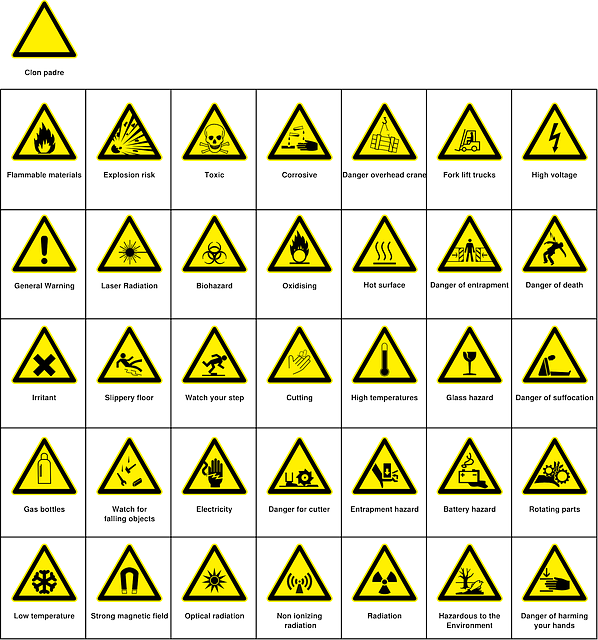Resonance damping is vital for aluminum tube air intake systems durability, addressing vibrations and noise caused by fluid flow resonances that could lead to structural damage. Advanced damping techniques, including high-purity aluminum alloys, intricate designs, protective coatings, and elastomeric compounds with geometric features, suppress unwanted frequencies, enhance engine efficiency, reduce noise levels, and prolong system lifespan in both everyday and high-performance vehicles.
Resonance damping, a critical factor in automotive engineering, plays a pivotal role in enhancing the performance and longevity of aluminum tube air intake systems. This article delves into the intricate mechanisms of resonance damping, focusing on its essential role in mitigating vibrations within these sophisticated systems. We explore key factors influencing the durability of aluminum tube air intakes equipped with resonance damping technology, highlighting strategies to optimize performance. By understanding these concepts, automotive engineers can create more efficient and reliable vehicles.
- Understanding Resonance Damping: The Role in Aluminum Tube Air Intake Systems
- Factors Affecting Durability of Aluminum Tube Air Intake Systems with Resonance Damping
- Enhancing Performance and Longevity: Strategies for Optimizing Resonance Damping in Automotive Applications
Understanding Resonance Damping: The Role in Aluminum Tube Air Intake Systems

Resonance damping is a critical concept in automotive engineering, particularly for aluminum tube air intake systems. These systems, known for their lightweight and durable design, can benefit significantly from effective damping mechanisms to ensure optimal performance and longevity. Understanding resonance refers to identifying and addressing specific frequencies at which the system naturally vibrates or resonates due to fluid flow and pressure changes within the tubes.
When left unchecked, these resonances can lead to annoying noise, vibrations, and even structural damage over time. By incorporating advanced damping techniques, engineers can tune these systems to suppress unwanted resonances, enhancing both the driving experience and the overall durability of aluminum tube air intake systems. This is especially important for high-performance vehicles where precise control of air intake is crucial for engine efficiency and power output.
Factors Affecting Durability of Aluminum Tube Air Intake Systems with Resonance Damping

The durability of aluminum tube air intake systems with resonance damping is influenced by several key factors. One of the primary considerations is the quality and purity of the aluminum used in construction. High-purity aluminum alloys are essential for maintaining structural integrity, as impurity levels can compromise the material’s resistance to corrosion and fatigue, leading to reduced system lifespan. Additionally, the design complexity and manufacturing precision play a significant role. Intricate designs with precise dimensions ensure optimal air flow while minimizing stress concentrations, thereby enhancing overall durability.
Another critical aspect is the effectiveness of the resonance damping mechanism itself. Properly engineered dampers should be tailored to the specific resonant frequencies of the air intake system to efficiently suppress vibrations and prevent structural degradation over time. Environmental factors, such as exposure to extreme temperatures, humidity, and corrosive substances, can also impact durability. Suitable coatings and treatments may be necessary to protect against these elements, ensuring that the aluminum tube air intake systems maintain their performance and longevity under diverse conditions.
Enhancing Performance and Longevity: Strategies for Optimizing Resonance Damping in Automotive Applications

Resonance damping plays a critical role in enhancing both performance and longevity of automotive components, particularly in systems like aluminum tube air intake manifolds. By effectively managing resonances, manufacturers can significantly improve engine efficiency and reduce noise levels. One key strategy involves optimizing the damping materials and designs used within these systems. Advanced elastomeric compounds, for instance, offer superior vibration absorption compared to traditional rubber, thereby minimizing unwanted vibrations that could lead to component fatigue over time.
Additionally, integrating specific geometric features into the aluminum tube air intake design can further bolster resonance control. This may include strategic positioning of dampening inserts or the incorporation of intricate internal structures that disrupt resonating patterns. Such tailored approaches not only prolong the service life of automotive parts but also contribute to improved overall vehicle performance. Durability is thus enhanced through a holistic understanding and implementation of resonance damping principles, ensuring smoother operations and fewer maintenance concerns for drivers over the long term.
Resonance damping plays a pivotal role in enhancing the durability of aluminum tube air intake systems, ensuring optimal performance and longevity in automotive applications. By understanding the factors affecting dampening capabilities, we can develop strategies to optimize these systems. This article has explored the significance of resonance damping, highlighting its impact on the overall health and efficiency of aluminum tube air intakes. Through strategic adjustments and innovative designs, it’s possible to create more robust and efficient intake systems that cater to modern automotive demands.














